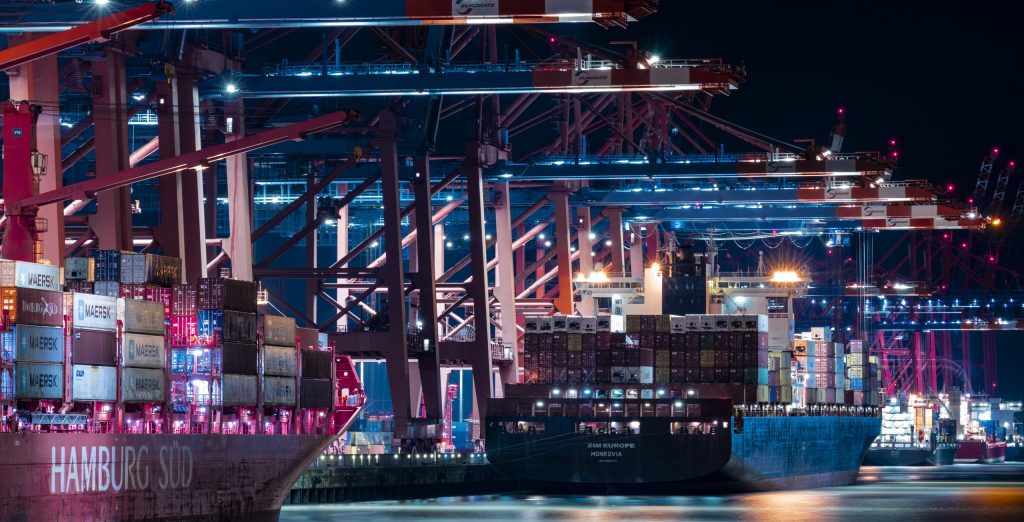The views and opinions expressed in this article are those of the author and do not necessarily reflect the views or positions of Business Monthly, the official journal of the American Chamber of Commerce in Egypt.
By Marwan El Sammak, Chairman & CEO at Ship & C.R.E.W. Egypt
Egypt finds itself at the center of a maritime crisis as Houthi hostilities in the Red Sea threaten safe passage through the Suez Canal. This disruption has prompted major shipping lines to alter their routes, bypassing the Suez short transit in favor of navigating around the much longer Cape of Good Hope (CoGH).
The repercussions of this shift are substantial. The Suez Canal, typically bustling with activity, has seen a 50% reduction in transits, with a corresponding shortfall in revenue.
Voyages that once spanned 4,000-5,000 kilometers between Arabian Gulf and Red Sea/ Mediterranean ports now cover 12,000-15,000 kilometers, with transit times increasing by around two weeks.
This shift has led to lower supply levels in key trade routes, a shock that initially drove freight levels to triple for ports in the Arabian Gulf, Middle East, Mediterranean, north continent, U.S. East Coast and Far East. As Hapag Lloyd CEO Rold Habben Jansen aptly remarked, “There is a new normal now.”
Global carriers have rerouted ships around the CoGH, initially causing a hiccup in transshipment volume in the western Mediterranean and straining port and terminal capacities. However, after a few weeks, the situation stabilized. Some shipping lines have adjusted routes from the Far East and the Middle East around the CoGH to include Egyptian Mediterranean ports, using feeders to connect Jedda and Aqaba cargo going through the Suez Canal. Red Sea ports have seen a substantial drop in vessel calling.
For Egypt, the consequences are multifaceted. Reduced supply has led to significantly higher shipping costs with some tripling, though levels normalized after a few months, particularly those between the Middle East and the Far East. Direct services between Egypt and the U.S. have ceased, necessitating indirect routes and even longer transit times and raising freight costs. Sokhna port on the Red Sea has seen a significant drop in volume.
The land freight sector, heavily reliant on trucking, has also felt the impact. With shipping disruptions and extended transit times, truck fleets have been mobilized to serve cross-border transport to Saudi Arabia and the Arabian Gulf. Additionally, trucks are being used for humanitarian aid transport into Gaza, further straining the supply chain and driving up land freight prices.
Even if passing through the Suez Canal is deemed safe again, reverting to pre-Houthi conditions is expected to take at least two to three months.
If the current situation in the Red Sea persists, there would be significant risks for Egypt. The country has positioned itself as the main hub for east Mediterranean container transshipment, with substantial investment in ports and terminals in Alexandria, Damietta, Port Said and Sokhna. Any prolonged disruption could undermine Egypt’s strategic maritime position.
It is worth noting that the Suez Canal is a green solution for the world, saving millions of tons of emissions due to its much shorter route for East-West trade.
*This Op-Ed first appeared in June’s print edition of Business Monthly.







